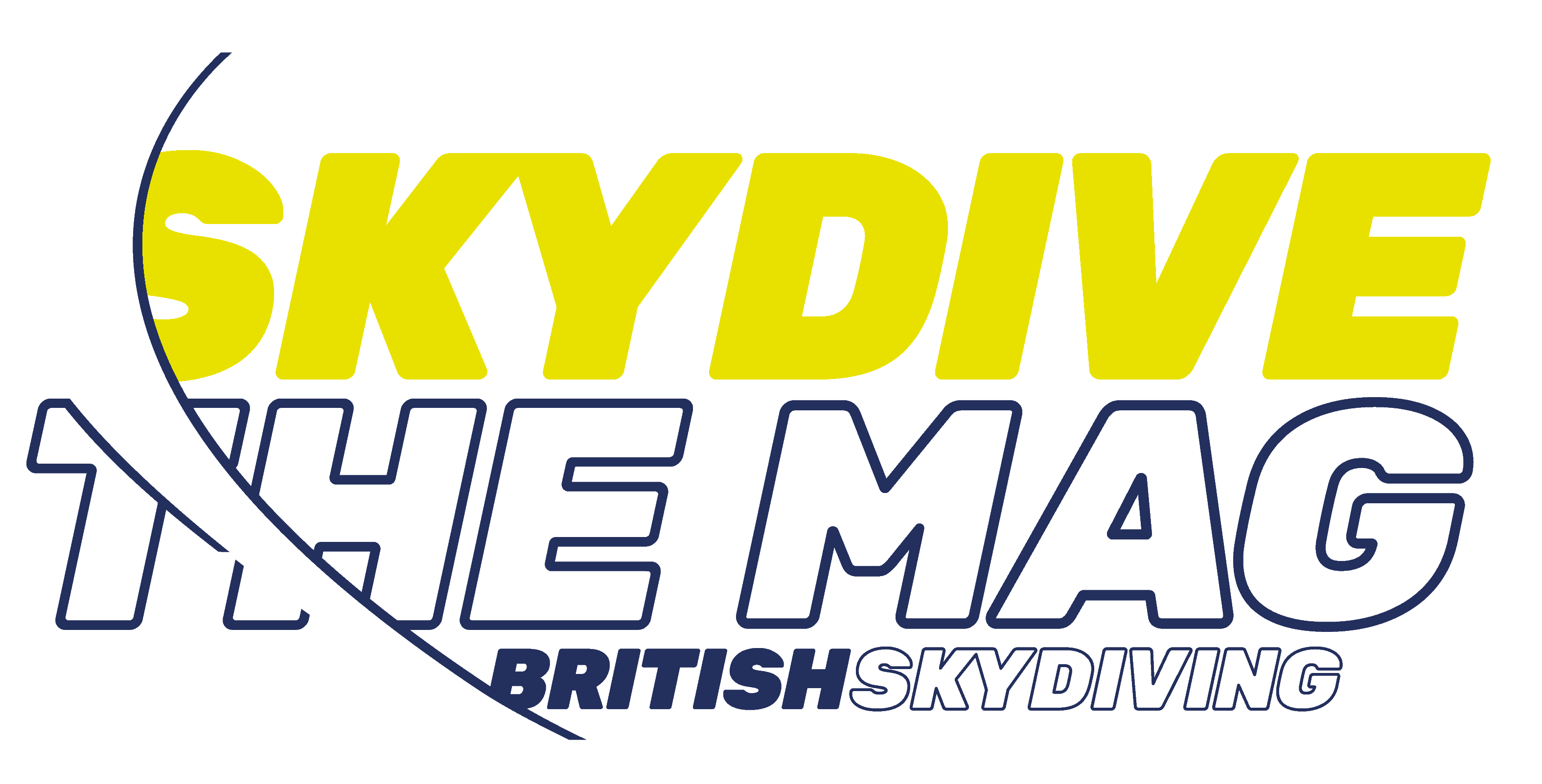By Jimmy McCarthy
Harnessing Every Body Part for a Successful Angle Skydive
The beating heart of a great angle jump comes down to one single quality: the appearance of effortlessness. Nowhere in the sport is the art of looking effortless so vital – and, arguably, nowhere in the sport is looking effortless so damn complicated.
Yep, that effortlessness comes with a lot of learning effort – from the actual, physical top of your head to the actual, physical points of your toes. That effortlessness requires precise awareness and mindful engagement of every single part of you in the air, and the ease slips away maddeningly quickly, into a very effortful-looking mess.
So how does a skydiver manage to make it look easy?
When you’re in the airflow, every individual part of you is moving and acting against the wind. To master the angle configuration, you’ll need to learn how it feels when each of those parts are working in harmony with each other (because it’s very easy for them to work against each other). The result is control, stability and – you guessed it – a graceful effortlessness in every swooshing move.
In this article, we’ll explore the role (and importance) of each of your body parts to get you into that slot on your next jump – not just following some invisible dots through the air. To do so, let’s go from head to toe and learn the hands-on physics behind the body flight required – and how to apply them to achieve the desired angle and speed.

HEAD:
On an angle jump, your head serves as the leading edge. Its angle to the ground plays a crucial role in maintaining your angle of attack – and your heading control.
By keeping the crown of your head aimed precisely at the desired angle, you can maintain a consistent flight path.
Imagine that your head is emitting a super-strong flashlight beam. Is it shining in the right direction? Is it shining in the same direction as the other “flashlight beams” in the group?
Pro tip: Are you on your belly? Your slot, then, must be over and ahead of the formation. This allows you to keep your chin down, your eyes on the organiser and your “flashlight” pointed in the right direction.
SHOULDERS:
On an angle jump, your shoulders are rudders: essential for maintaining balance and stability. Can you imagine a wobbly rudder on a speedboat? Yeah. That.
Get your rudders into trim by actively engaging your shoulder muscles – but not to the point of frozen over-effort. (Effortlessness is the mantra, remember?) Strengthen to the point that some imagined person trying to press one shoulder or the other out of alignment would be able to do it, but would have to work for it. Feel balance and stability, not stiffness, in your shoulders. With shoulders in the right state of engagement, you can make smooth, subtle adjustments. You can perform turns by dropping your right shoulder to turn right, and your left to turn left.
The more isolated these actions are, the smaller and subtler the turns will be. Subtlety, like effortlessness, doesn’t come naturally; it’s a skill. You can practise that skill by moving your shoulders in isolation whenever it occurs to you: not just during a dirt dive, but in your car in traffic, at your desk at the office, or in front of slow clerks at the bank. If you’re doing it subtly enough, you won’t even freak anyone out.

Centre:
Your hips and core, your body’s centre of gravity, act as your throttle. It’s from here that you adjust your body’s angle of attack, which works to increase or decrease both your speed and your angle.
Depending on the type (“arched” anterior rotation or “de-arched” posterior rotation) and aggressiveness (mild, medium or spicy) of the rotation you engage in your hips, you can drastically change your body’s angle of attack. This will also give more drag – or power – to your legs.

Legs:
Power and speed come from the legs – not just the throttle, but the brakes. This might seem strange, but I see a lot of jumpers engage their “leg brakes” when they think they’re engaging their “leg throttle”.
To get the mind-body connection that will help you avoid that (very common) pitfall, take a jump to focus really clearly on the legs. On the ride up, remind yourself to move your awareness into the muscles you would need to engage while kicking a football: the quadriceps.
On that jump, really get your mind in there and feel into the sensations. If your quads tense and you feel the wind coming flat into the front of them, you’re probably using those quads to pull your knees towards your belly. Bingo! Because engaging the muscles in this way feels active, it’s easy to feel like you’re putting the pedal to the metal instead of squealing the brakes. Play with the releasing that tension, stretching out and letting the wind come at the angle that gave the jump its name.
Feet:
Ready for a zen moment? Here it is: Think with your feet.
Once you’re at the point where you’re really using your feet on an angle jump, you’ll have made it to a nice landmark in your progress. Your feet deliver the subtle controls that ensure that your lower legs – your shins – are active, and properly presented to the wind. With experience and practise, those feet will do a lot of “thinking” for you, moving incredibly subtly to keep that effortless heading-control-at-speed that you crave.
If you’re not quite at the angle-zen-master stage, don’t worry: your feet are useful, even in round one. If you dorsiflex your foot – that is, pull your toes towards your shins – you’ll be able to better feel the pressure on your lower leg, so you can make more controlled adjustments to your speed and power.
Want to learn more? Download the official Skydive the Mag app on either apple or android. Don’t want to download? Don’t worry. You can read the online version here.





